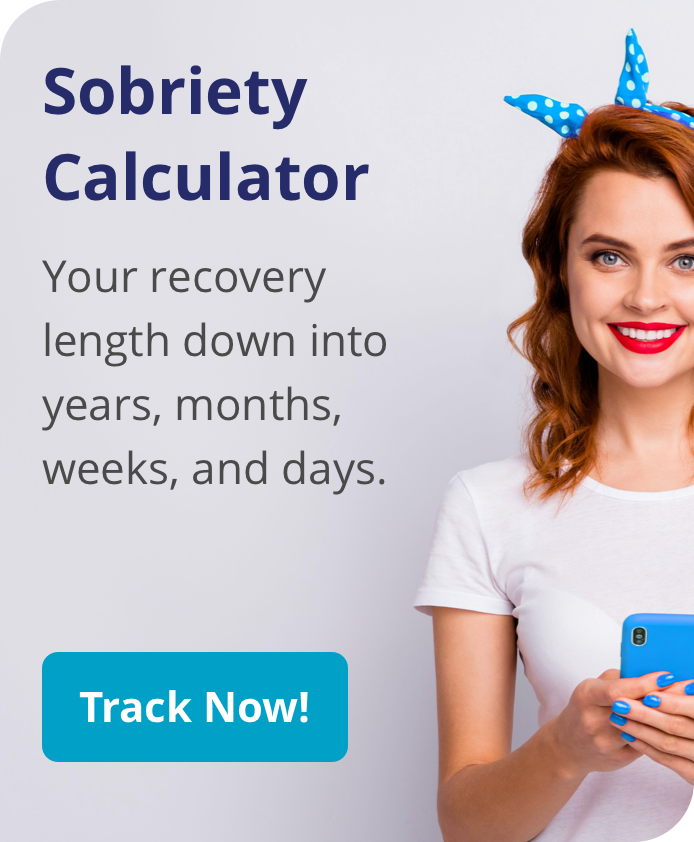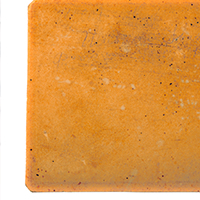 Suboxone is a brand-name medication that has two active ingredients: buprenorphine and naloxone. Doctors use this medication, or a generic equivalent, as part of a treatment program for people addicted to opioid drugs or prescription painkillers. Suboxone is used in medication-assisted treatment (MAT) programs and is formulated specifically to reduce the odds that it will turn into a secondary source of addiction. Nonetheless, cases of Suboxone abuse and addiction may still occur.
Suboxone is a brand-name medication that has two active ingredients: buprenorphine and naloxone. Doctors use this medication, or a generic equivalent, as part of a treatment program for people addicted to opioid drugs or prescription painkillers. Suboxone is used in medication-assisted treatment (MAT) programs and is formulated specifically to reduce the odds that it will turn into a secondary source of addiction. Nonetheless, cases of Suboxone abuse and addiction may still occur.
What Is Buprenorphine?
Buprenorphine[i] is a semi-synthetic opioid medication[ii] that was approved in the early 2000s by the U.S. Food and Drug Administration as the first treatment for opioid addiction that doctors can prescribe and distribute in their own office or clinic. Buprenorphine is further classified as a partial opioid agonist, not a full opioid.
When full opioids enter a person’s bloodstream, they produce a powerful reduction in normal activity inside the central nervous system (brain and spinal cord). They also produce powerful increases in brain levels of a pleasure-promoting chemical called dopamine. The potential for declining activity in the central nervous system, in the form of decreased breathing, often results in full opioids’ ability to trigger rapid, life-threatening overdoses. The potential for extreme boosts in pleasure levels helps explain full opioids’ ability to trigger physical dependence and addiction.
Partial opioid agonists do not produce the same intense effects as full opioids. People who take them will experience only relatively moderate declines in their central nervous system function and only relatively moderate increases in their dopamine levels.
When given to a person addicted to heroin, oxycodone, hydrocodone or another full opioid, buprenorphine will not produce enough of an effect to trigger the classic opioid “high.” However, it will produce an effect strong enough to prevent the onset of serious opioid withdrawal. Relying on these facts, doctors can prescribe buprenorphine as a short- or long-term substitute for more dangerous opioid drugs or medications while reducing cravings and withdrawal symptoms.
What is Naloxone?
As an opioid antagonist, naloxone[iii] prevents opioid substances from producing their effects inside the brain and spinal cord. It does this by setting up a kind of chemical blockade around the sites inside the body that normally give opioids access to the central nervous system. Because of this ability, naloxone is best known as a rescue medication for people in the midst of an opioid overdose. When used in these circumstances, it can halt an overdose in its tracks and help save lives.
Used in combination with buprenorphine, naloxone plays another role. When a person in treatment takes Suboxone, the medication’s buprenorphine content provides a moderate, therapeutic dose of opioids. The medication’s naloxone content acts as a limiter for this opioid effect. After a certain amount of time, it will stop any more buprenorphine from reaching the central nervous system, this makes it very difficult to overdose on Suboxone.
Need More Information?
Call now to be connected with one of our friendly, helpful admissions specialists.Uses for Suboxone
Suboxone[iv] is designed to provide the therapeutic benefits of buprenorphine while reducing the chances that a person in treatment will use the medication inappropriately. This is important since even a partial opioid agonist like buprenorphine can serve as a target of substance abuse. In addition to lowering the risks for misuse, Suboxone helps combat addiction symptoms such as opioid cravings and opioid withdrawal. In addition, use of the medication increases the odds that anyone involved in misuse/abuse will survive an overdose episode.
Suboxone Side Effects
Most of the potential side effects of Suboxone use come from the medication’s buprenorphine content. A short list of possible buprenorphine related problems includes:
- High body temperature (i.e., a fever)
- Cramping or sore muscles
- The strong urge to take more opioids
- Insomnia
- An irritable or agitated state of mind
- Constipation
- Nausea and/or vomiting
Naloxone has no significant impact on the systems of people who have not used opioids. When given to a person who has recently taken an opioid, the medication can trigger unpleasant withdrawal symptoms. It is recommended that Suboxone not be started until the initial symptoms of withdrawal appear so as to prevent rapid onset of withdrawal symptoms.
Who Gets Addicted to Suboxone?
Suboxone dependence can occur in people who take prescribed doses of the medication for extended periods of time. In such cases, the main symptom of dependence is withdrawal that arises when Suboxone use comes to a sudden halt or falls off quickly. Since buprenorphine is only a partial opioid, withdrawal symptoms do not reach the intensity of those found in people who stop using full opioids. Medication assisted treatment with Suboxone uses a gradual step down in medication dosage that may continue from a few months to a few years.
There is even a risk of ill health affects if Suboxone is misused and not taken as prescribed. For example, the medicated filmstrips are meant to be dissolved under the tongue. One way to abuse Suboxone is to dissolve the filmstrips in water, then inject the liquid solution into the bloodstream. Naloxone becomes activated in the bloodstream so, injecting Suboxone bypasses the digestive system. This can increase the risk of overdose as injecting the medication has the effect of taking two opioid agonists rather than a partial opioid agonist and an opioid antagonist.
Getting Help for Suboxone Addiction
People addicted to Suboxone must go through the same basic process as people addicted to stronger members of the opioid family. The first step in this process is medical detoxification under the care of a physician. After completing detox, people in recovery should enroll in a substance use treatment program[v]. Such programs typically combine medication use with a modern form of psychotherapy called behavioral psychotherapy.
Suboxone treatment should include enrollment in a partial hospitalization addiction program or in an intensive outpatient program that includes maintenance medication supported by behavioral health therapy. The goal of Transformations IOP MAT program is to help clients work towards a stable recovery which includes abstinence from drugs and alcohol.
- Substance Abuse and Mental Health Services Administration: Buprenorphine
https://www.samhsa.gov/medication-assisted-treatment/treatment/buprenorphine - Centre for Addiction and Mental Health
http://www.camh.ca/en/hospital/health_information/a_z_mental_health_and_addiction_information/oxycontin/Pages/opioids_dyk.aspx - National Institute on Drug Abuse: Opioid Overdose Reversal with Naloxone (Narcan, Evzio)
https://www.drugabuse.gov/related-topics/opioid-overdose-reversal-naloxone-narcan-evzio - U.S. Food and Drug Administration: Suboxone (Buprenorphine HCL/Naloxone HCL dihydrate)
https://www.fda.gov/downloads/Drugs/DrugSafety/PostmarketDrugSafetyInformationforPatientsandProviders/UCM191533.pdf - National Institute on Drug Abuse: Principles of Drug Addiction Treatment – A Research-Based Guide (Third Edition)
https://www.drugabuse.gov/sites/default/files/podat_1.pdf





 Suboxone is a prescription medication that is used in the treatment of opioid use disorder. Opioids, meaning “like opium,” are a class of medications and drugs that is primarily used to act on the body’s chief pain systems and access points to relieve pain. Examples of opioids include Vicodin, OxyContin, morphine and heroin. Suboxone contains a drug in the opioid class, the partial opioid activator buprenorphine. It also contains the opioid reversal agent naloxone. These medications work in concert to reduce the symptoms of opioid withdrawal. All the while offering some level of protection against misuse, abuse, overdose and diversion compared to other opioids.
Suboxone is a prescription medication that is used in the treatment of opioid use disorder. Opioids, meaning “like opium,” are a class of medications and drugs that is primarily used to act on the body’s chief pain systems and access points to relieve pain. Examples of opioids include Vicodin, OxyContin, morphine and heroin. Suboxone contains a drug in the opioid class, the partial opioid activator buprenorphine. It also contains the opioid reversal agent naloxone. These medications work in concert to reduce the symptoms of opioid withdrawal. All the while offering some level of protection against misuse, abuse, overdose and diversion compared to other opioids.